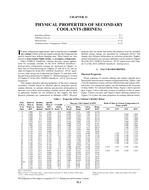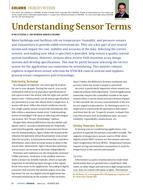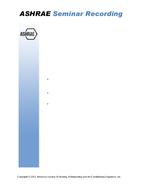Click here to purchase
As air conditioning (AC) has evolved from luxury to modern day necessity, the rapid uptake of residential AC systems is creating major problems for centralized electricity network infrastructure, particularly on peak summer days. By using automated demand response (DR) signals, energy service providers aim to constrain the electrical demand that these systems place on the network. One such DR signalling scheme for residential customers in Australia is the Australian Standard 4755.3 that defines how residential loads (i.e. air conditioners, swimming pool pumps, electric-boosted hot water heaters, grid connected electric vehicle chargers) respond to a set of initiating signals for reducing energy consumption. This paper highlights potential benefits obtained when performing ‘pre-cooling’ control strategies in summer prior to a demand response event. Real-world results from both laboratory and field tests show that the addition of a pre-cooling period prior to a DR event could enable a greater demand reduction for longer periods and with improved end user comfort. Laboratory results were obtained from the CSIRO National HVAC Performance Test Facility (NHPTF). Using a reverse-cycle air-source heatpump, the duration and temperature setpoint during a ‘pre-cool’ period were varied, along with the amount of thermal mass present in the indoor space. Using a typical summer outdoor temperature profile, space temperature variations and energy consumption of the AC system were monitored to compare each control strategy. A DR event was activated after the ‘pre-cool’ in each test. Construction type and passive thermal mass was found to play a crucial role in the provision of temperature benefits after a ‘pre-cool’ period. In the test facility, added thermal mass limited the temperature rise during a demand response event, but also acted to increase the relative benefit of longer pre-cool durations. With representative thermal mass added, a 4 hour ‘pre-cool’ led to a maximum temperature difference of -0.73°C (-1.3°F) during a 3-hour DR event and an 81 Wh energy savings, relative to a non-pre-cool equivalent. The results of real-world field tests were similar, showing a 4 hour pre-cool strategy provided a -2.0°C (-3.6°F) maximum temperature difference during a 3-hour DR event, as well as an energy saving of 602 Wh. All ‘pre-cool’ control strategies tested had lower total energy consumption than the baseline AC system operation. The results suggest that ‘pre-cooling’ residential thermal mass prior to a DR event would allow utilities to further reduce energy consumption in peak demand periods and significantly limit the peak indoor temperatures and discomfort experienced by end users.
Citation: 2016 Winter Conference, Orlando, FL, Conference Papers
Product Details
- Published:
- 2016
- Number of Pages:
- 8
- Units of Measure:
- Dual
- File Size:
- 1 file , 1.3 MB
- Product Code(s):
- D-OR-16-C076


